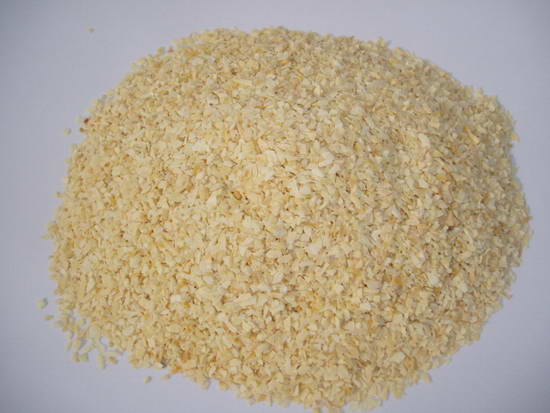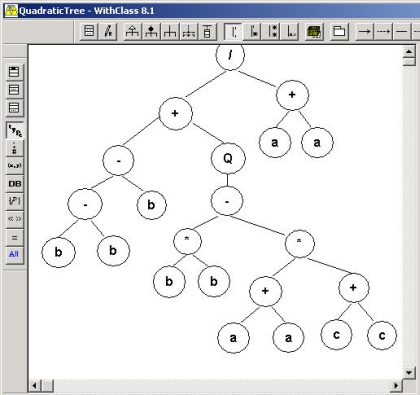After a storm on Tuesday morning, Aberdeen's Footdee, a village in the Northern Scotland looked as if it was hit by a sudden snow storm.
According to the BBC report, a local resident Lindsay Gordon said: "I have lived in Footdee since just before 2000, you get storms of course. You could tell by the sounds this was a serious storm, the windows were rattling. I looked out of the window and the North Sea was advancing toward us. Luckily it was just foam."
According to Professor Christopher Todd, marine ecologist at the Scottish Oceans Institute, the strong winds battering the Aberdeenshire coast had led to an "incredible amount of wave action".
Prof. Todd said that the air had "piled into the water" and mixed up with organic material producing foam which most likely to be the product of whipped phytoplankton mucus. Most phytoplankton are too small to be seen but they can form an algal bloom in the spring and, to a lesser extent, in the autumn. But there is no need to worry because the foam is a stable organic material posing no health danger.
Sea foam spilling from the sea.
Relating this natural phenomenon to particle technology, how a sea foam storm covers a village can be explained by the so called "pneumatic transport". The sea foam was brought to land by the strong winds by mechanism similar to pneumatic transport. Because of the high velocity and high volume of air, the wind was able to suspend the organic material from the sea into the strong current of air. The organic sea material was whipped in a whirlpool of turbulent gale. The sea acted like a washing machine producing the a sea foam storm which eventually reached and covered the nearby village.
The use of gases has been used successfully in industry to transport a wide range of materials specifically particulate solids such as wheat flour and grains to coal and plastic chips. The flow of gas "fluidized" the solid particulates so they act like fluids that can flow through pipelines.
Pneumatic transport in industry.
































